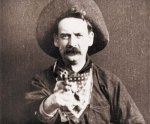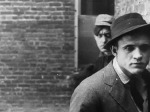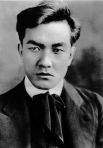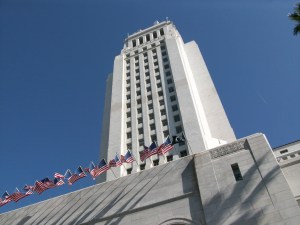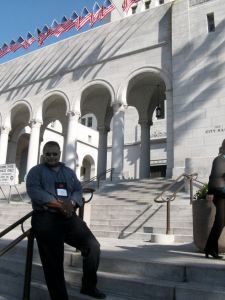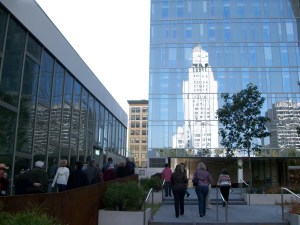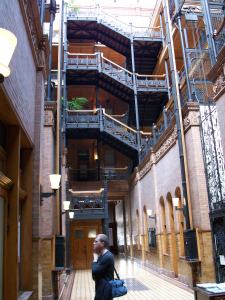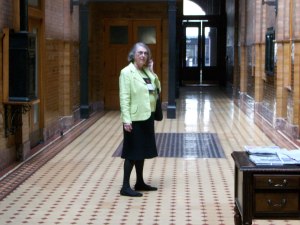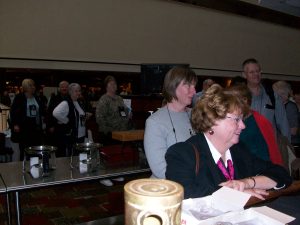Yesterday morning, Turner Classic Movies showed Erich von Stroheim’s self-proclaimed masterpiece Greed. When it was first released in 1924, studio editors hacked the film down to two hours over von Stroheim’s objections, draining it of all meaning and artistic significance, according to von Stroheim and his supporters and admirers. Film preservationist Rick Schmidlin put it back to the four hours von Stroheim wanted, panning and zooming studio stills and using the Maestro’s notes. Now it can be seen in full. Well, maybe not in full. The original was nine hours long.
It’s based on Frank Norris’s novel, McTeague, published in 1899 and widely admired as a brilliant work of progressive literature. In it Norris peddles his usual message, startling to readers in 1899, that poverty is degrading, and that the character of poor people is not improved by lack of money.
The actors in von Stroheim’s film are superb. Zasu Pitts plays the female lead the way Lillian Gish might have, as a delicate flower. The shots are flawless, naturally; von Stroheim directed the picture, after all. The pacing of the action is riveting and compelling, even at four hours long, thanks to the editing work of restorer Rick Schmidlin. Even the hand-coloring of the gold doesn’t seem tacky. But the intertitles are jarring in a strange way.
Or, more accurately, in two strange ways. First comes the dialog. It was taken straight out of Norris’s book, and so is rendered in 1899 slang and queer spellings, and sometimes in a simulated German accent that’s mildly offensive to the politically correct modern eye. In talking pictures, dialog taken from books is spoken by actors. A good actor can put over almost anything. But up in front of your nose written out in black and white, it’s, well, jarring to have the heroine call her mother “Mommer,” or to have Mommer say things like,”What efer will you do mit all dose money, eh, Trina?” Still, that’s what it says in the book, so…
The other jarring thing is that von Stroheim was frequently unable to resist the impulse to put Norris’s flights of literary eloquence up on the screen as intertitles. For example, here’s how Norris describes the dawn coming up over Death Valley:
“The whole east, clean of clouds, flamed opalescent from horizon to zenith, crimson at the base, where the earth blackened against it; at the top fading from pink to pale yellow, to green, to light blue, to the turquoise iridescence of the desert sky. The long, thin shadows of the early hours drew backward like receding serpents, then suddenly the sun looked over the shoulder of the world, and it was day.”
It’s a visual image, right? A visual image. Here’s what the intertitle said:
Then suddenly the sun looked over the shoulder of the world, and it was day.
This was followed by a nice shot of a shoulder-shaped hill rising out of the desert at dawn, and the sun coming up from behind it, gleaming into the lens of the camera. A nice image. But with a nice image, you don’t need the intertitle. The fancy intertitle says, “Look how literary I’m being. This is Art, folks, not mere entertainment.”
A piddling criticism of, yes, a great movie, which I’m not sorry I watched, even for four precious hours. It made me think, though, about books and movies. With the passing years the movie industry has taken a number of approaches to making movies out of books, ranging from buying the title and writing a completely unrelated script (for instance, Sex and the Single Girl) to hewing as closely as possible to the plot of the book in order to placate the book’s faithful fans (Harry Potter and the Sorcerer’s Stone).
What are your views on this? Should von Stroheim have spent nine hours (and millions of studio dollars) putting a faithful copy of McTeague up on the screen, or should he have tried instead to render the spirit of the novel in the language of cinema?

